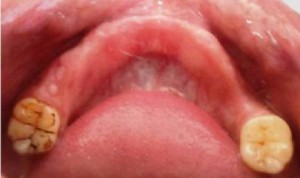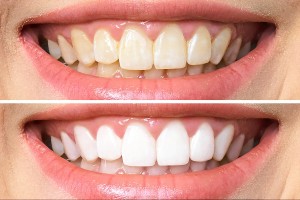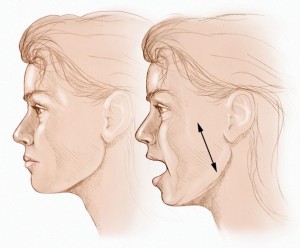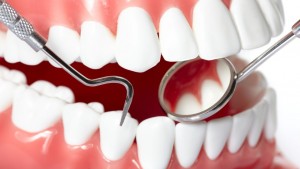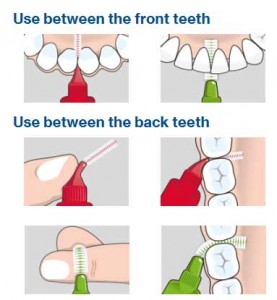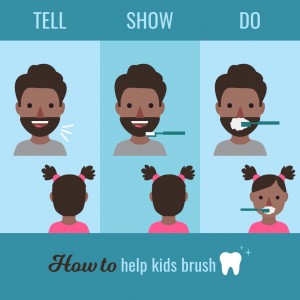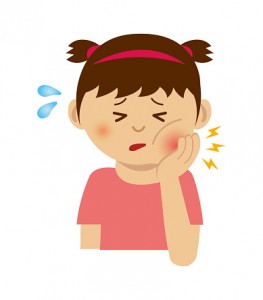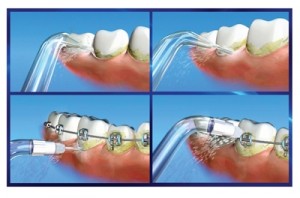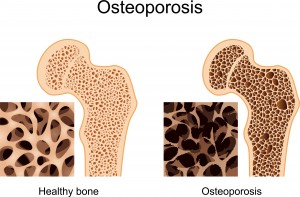
Your body may be a complex machine. The foods you select and therefore the way often you eat them can affect your general health and the health of your teeth and gums, too. If you consume too many sugar-filled sodas, sweetened fruit drinks or non-nutritious snacks, you’ll be in danger for cavity . cavity is that the single commonest chronic childhood disease, but the great news is that it’s entirely preventable.
Tooth decay happens when plaque inherit contact with sugar within the mouth, causing acid to attack the teeth.
Foods that contain sugars of any kind can contribute to cavity . to regulate the quantity of sugar you eat, read the nutrition facts and ingredient labels on foods and beverages and choose options that are lowest in sugar. Common sources of sugar within the diet include soft drinks, candy, cookies and pastries.. If your diet lacks certain nutrients, it’s going to be harder for tissues in your mouth to resist infection. this might contribute to gum disease. Severe gum disease may be a major explanation for tooth loss in adults. Many researchers believe that the disease progresses faster and is potentially more severe in people with poor nutrition.
Wise choices
For healthy living and for healthy teeth and gums, think before you eat and drink. It’s not only what you eat but once you eat which will affect your dental health. Eat a diet and limit between-meal snacks. If you’re on a special diet, keep your physician’s advice in mind when choosing foods.
For good dental health, keep the following pointers in mind when choosing your meals and snacks:
Drink many water
Eat a spread of foods from each of the five major food groups, including:
whole grains
fruits
vegetables
lean sources of protein like lean beef, skinless poultry and fish; dry beans, peas and other legumes
low-fat and fat-free dairy foods
Limit the amount of snacks you eat. If you are doing snack, choose something that’s healthy like fruit or vegetables or a bit of cheese. Foods that are eaten as a part of a meal cause less harm to teeth than eating many snacks throughout the day, because more saliva is released during a meal. Saliva helps wash foods from the mouth and lessens the consequences of acids, which may harm teeth and cause cavities.
For good dental health, always remember to brush twice each day with fluoride toothpaste , floss daily and visit your dentist regularly. With regular care , your dentist can help prevent oral problems from occurring within the first place and catch people who do occur within the early stages, while they’re easy to treat.

